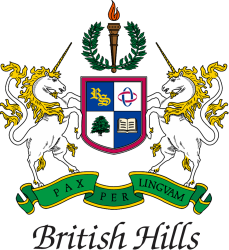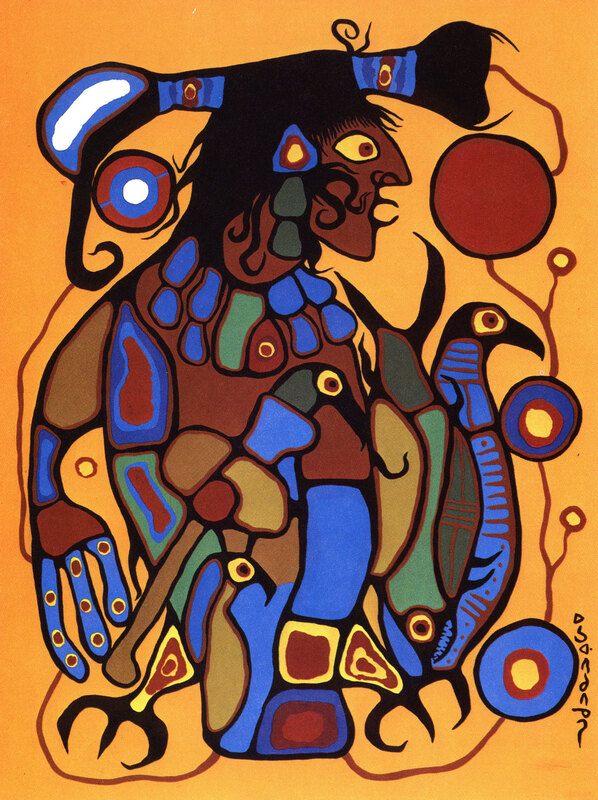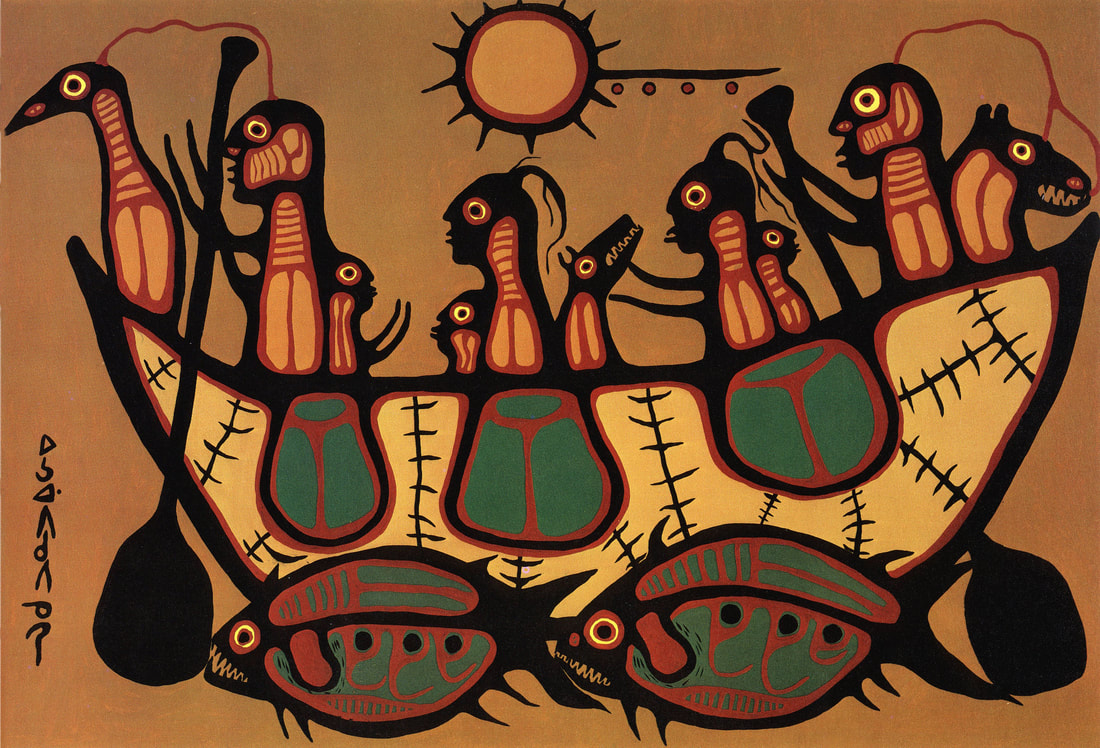Norval Morrisseau
Who was Norval Morrisseau?
|
Norval Morrisseau, or Ozaawaabiko-binesi (which means “Copper Thunderbird” in his native language, Cree) was an influential Indigenous Canadian artist from the Sand Point Ojibwe reserve in Ontario. He painted important subject matter such as the legends of his people and social and political conflict between European settlers and the Indigenous peoples of Canada. Morrisseau used very distinctive dark black outlines and bright colours in his work, and came to be known as the “Picasso of the North.” Throughout his lifetime (1932-2007) he signed all of his paintings using the Cree syllabics for his name: ᐅᓴᐘᐱᑯᐱᓀᓯ (Read: Ozaawaabiko-binesi). Morrisseau’s art was very important to Canadian culture, especially Indigenous culture, in the 1960s and 70s. His art explored a mix of European and Christian themes, but always incorporated elements of his Ojibwe culture. In 1973, he joined the Indigenous Group of Seven, a group of artists made of six Indigenous Canadians and one Indigenous American. This group only lasted until 1975, but in that short time they were able to change people’s perceptions of Indigenous art, which before this time had been seen as “primitive” and mainly meant for tourist souvenirs. Morrisseau in particular used his art to show complicated spiritual and political themes that made people think of Indigenous art more seriously. |
In the 1980s, Morrisseau went on to found a new school of Canadian art called “Woodland” (or “Legend” or “Medicine”) painting, which is recognizable around the world. His art style inspired many young Ojibwe and Cree artists and continues to do so to this day. His work was considered so impactful that in 1978, he was awarded the Order of Canada for his huge contributions to Canadian art and culture.
While Morrisseau mostly worked with paint, there are many traditional forms of Indigenous art including beading and weaving. Painting is traditionally used to decorate the panels of tipis and tents, while beadwork can be found all over clothing, bags, and bracelets. These days, beaded earrings and moccasins are still very popular and many Indigenous artists continue to make and sell them. Morrisseau’s people, the Ojibwe, are also well-known for making dreamcatchers, which they weave from natural materials and decorate with feathers and beads. If you are interested in Indigenous Canadian arts and crafts, come to British Hills and take our Dreamcatcher class, where you can learn about their history and purpose before weaving one yourself! |



